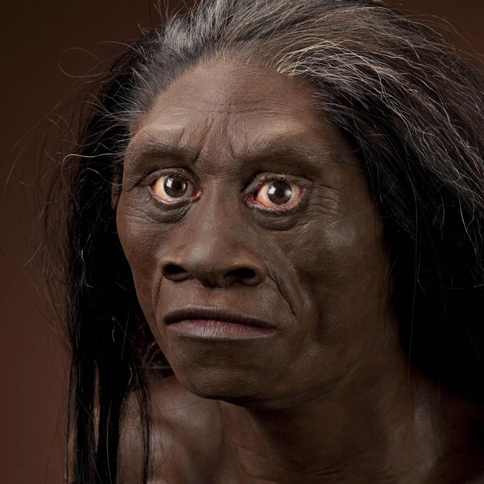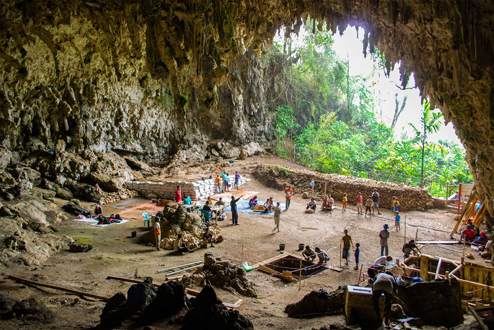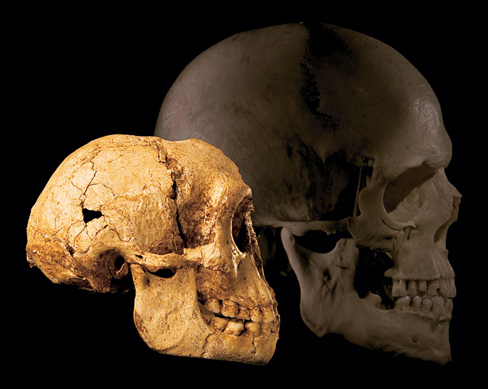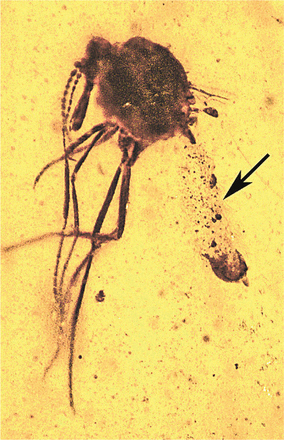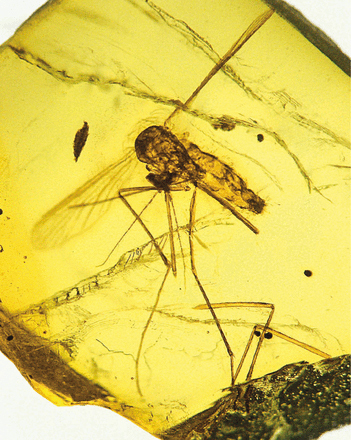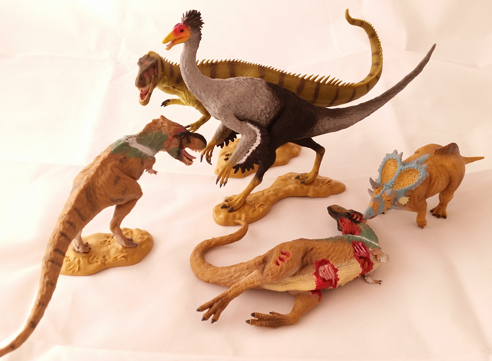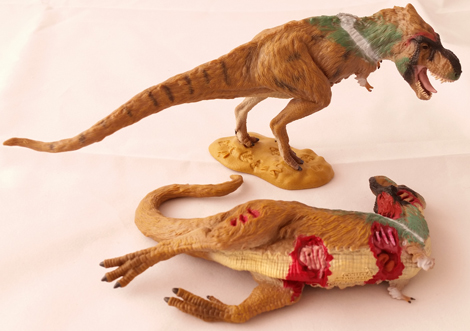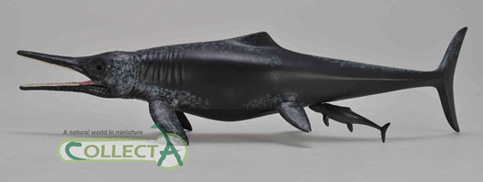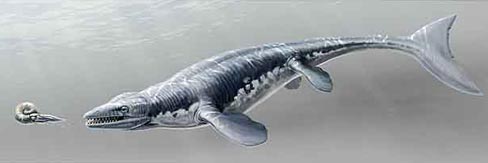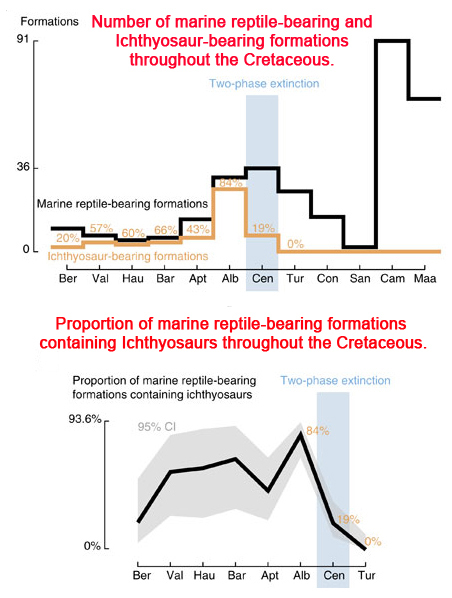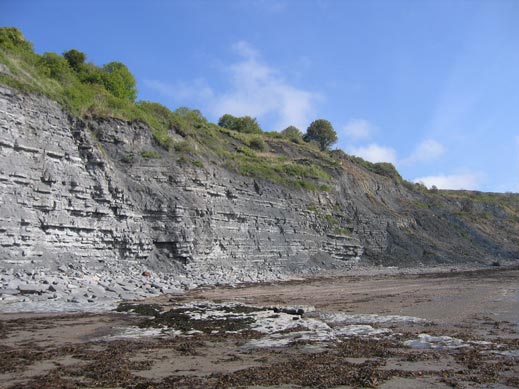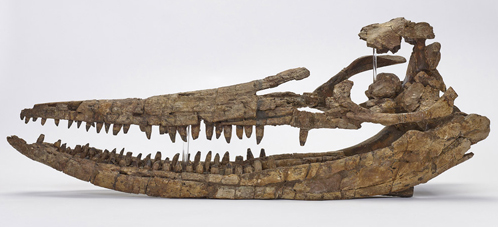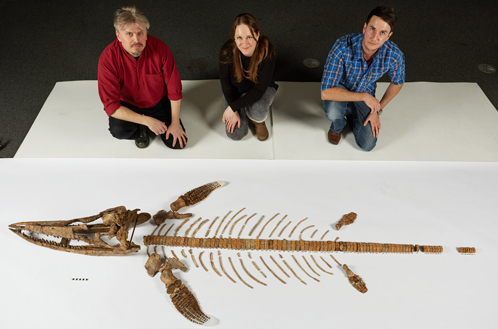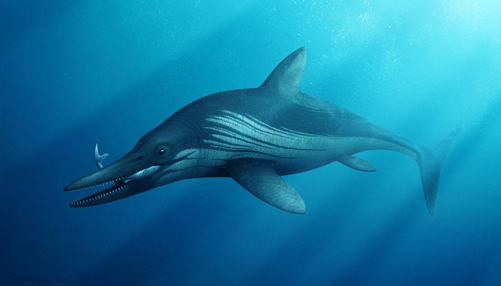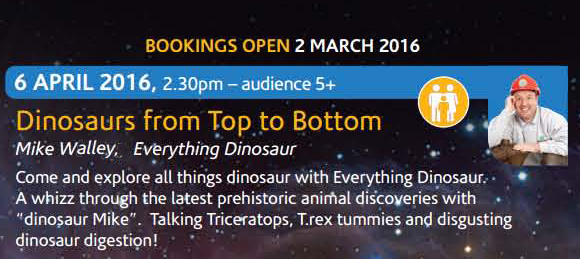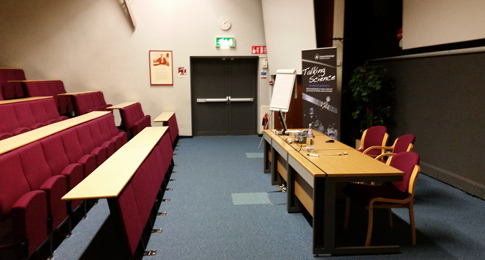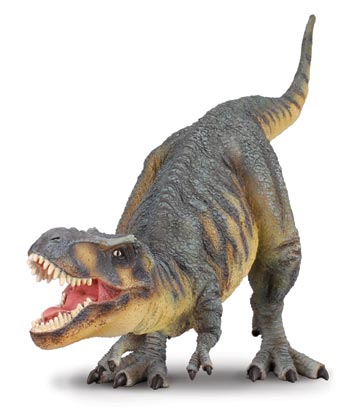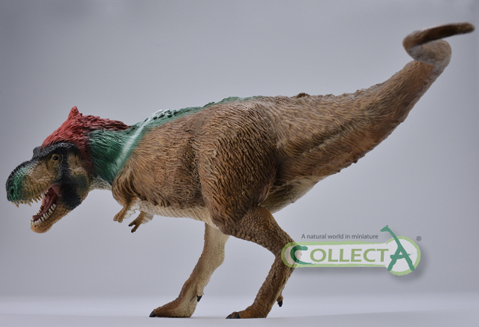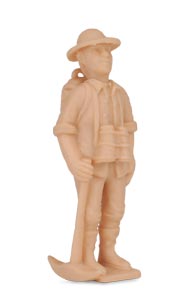Did Modern Humans Drive the Hobbit to Extinction?
Age of Homo floresiensis Revised
The Indonesian island of Flores, provided anthropologists with quite a surprise back in 2003, scientists uncovered evidence of a diminutive species of human, quite unlike anything seen before. This new species was named Homo floresiensis and since these people were about the size of a five-year-old child (about a metre tall), they were nicknamed “hobbits”. The Peter Jackson trilogy of films “Lord of the Rings” had been hugely successful and the archaeologists, anthropologists and palaeontologists involved in the excavations at Liang Bua cave, where the fossils representing nine individuals were found, nicknamed these little people in deference to the characters within the Tolkien novels.
Homo floresiensis
The fossilised bones and stone tools were originally dated to relatively recent times, perhaps as recently as 12,000 to 11,000 years ago, this meant that these small people had probably co-existed with modern humans (H. sapiens) for thousands of years. There was even folklore in the region of tiny people living in the forest and occasionally stealing from local villages – could the “hobbits” have survived up until just a few hundred years ago?
The “Hobbit” Homo floresiensis – Older Than Previously Thought
Picture credit: Reconstruction of female H. floresiensis based on LB-1 fossil material by John Gurche
In a twist in the tale, worthy of Tolkien himself, as the limestone cave deposits have been studied so their complex sedimentation has been revealed. It seems that the strata yielding Homo floresiensis remains are much older than previously thought. In a new study, published this week in the journal “Nature” scientists conclude that these little people had become extinct in the Liang Bua cave region by 50,000 years ago.
In short, (no pun intended given that these people rarely measured more than a metre tall), the fossilised bones and stone tools associated with H. floresiensis are tens of thousands of years older than previously thought. One of the burning questions yet to be resolved is not how could these diminutive people co-exist alongside modern humans for thousands of years? The unresolved question is this, around 50 – 60,000 years ago modern humans were migrating throughout south-east Asia, could the “hobbits” have been driven to extinction by the arrival of modern mankind?
A Lot Older than Initially Thought
Lead author of the new research, Thomas Sutikna (University of Wollongong, New South Wales, Australia and National Research Centre for Archaeology, Indonesia), explained that the research published in the journal “Nature” in 2004 was the culmination of three years of excavations. The scientists concluded that a skeleton found in the eastern part of the cave (LB1), representing a 30-year-old female was about 18,000 years old. Fragmentary bones and stone tools found in older and younger layers represented a geological distribution of some 95,000 to 12,000 years ago.
Seven Years of Research
Further excavations carried out from 2007 until 2014 by researchers from Indonesia’s National Research Centre for Archaeology, the Smithsonian Institute (USA) and the University of Wollongong, revealed that the stratigraphic sequence in the cave was far more complicated than previously thought. New dating studies indicated that all the skeletal remains ascribed to Homo floresiensis was far older than originally described. The fossils are between 100,000 to 60,000 years old. Some stone tools associated with H. floresiensis are a little younger, approximately 50,000 years old.
Modern humans were migrating across south-east Asia reaching Australia at around this time, but whether or not the two species interacted or even encountered each other is not known. Could the “hobbits” have also encountered other human species H. erectus or indeed the enigmatic Denisovans for example?
A View of the Liang Bua Cave
Picture credit: Liang Bua excavation team
Thomas Sutikna stated:
“We didn’t realise during our original excavations that the ‘hobbit’ deposits near the eastern wall of the cave were similar in age to those near the cave centre, which we had dated to about 74,000 years ago. As we extended our original excavations each year, it became increasingly clear that there was a large remnant pedestal of older deposits truncated by an erosional surface that sloped steeply toward the cave mouth.”
Co-author of the academic paper published this week, Wahyu Saptomo, added:
“Unfortunately, the ages of these overlying sediments were originally thought to apply to the ‘hobbit’ remains, but our continuing excavations and analyses revealed that this was not the case.”
Where Would Homo floresiensis Fit In?
Although, Homo floresiensis is much older than previously thought, questions still remain, for example, scientists are not sure where in the hominin family tree these people fit. Could they be an example of island dwarfism and descended from Homo erectus or could they represent an entirely different lineage? It has also been suggested that the fossils represent a group of people struck down with some form of genetic disorder that led to their diminutive size. In essence, scientists remain puzzled over how these people fit into our family tree and the reason for their extinction.
The Skull of Homo floresiensis compared to a H. sapiens Skull
Sudden Disappearances from the Liang Bua Strata
H. floresiensis is not the only species that suddenly disappears from the Liang Bua stratigraphic sequence about 50,000 years ago. The researchers found that much of the endemic fauna of Flores seems to have disappeared at around the same time. Dr Matt Tocheri, (Canada Research Chair in Human Origins at Lakehead University and Research Associate at the Smithsonian Institution’s Human Origins Programme), another of the scientists involved in the H. floresiensis date revision.
Giant marabou storks, vultures, pygmy Stegodon (an extinct relative of elephants) and even Komodo dragons vanish from the stratigraphic sequence at the same point that H. floresiensis vanishes.
A spokesperson from Everything Dinosaur commented:
“The new study resolves some of the issues surrounding these ancient residents of Flores, but there are still lots of questions to be answered. The stratigraphic sequence suggests that there were a number of extinctions at or around 50,000 years ago, including H. floresiensis, perhaps the incoming modern human populations led to added pressure and this caused the extinction of a number of species on this island.”


